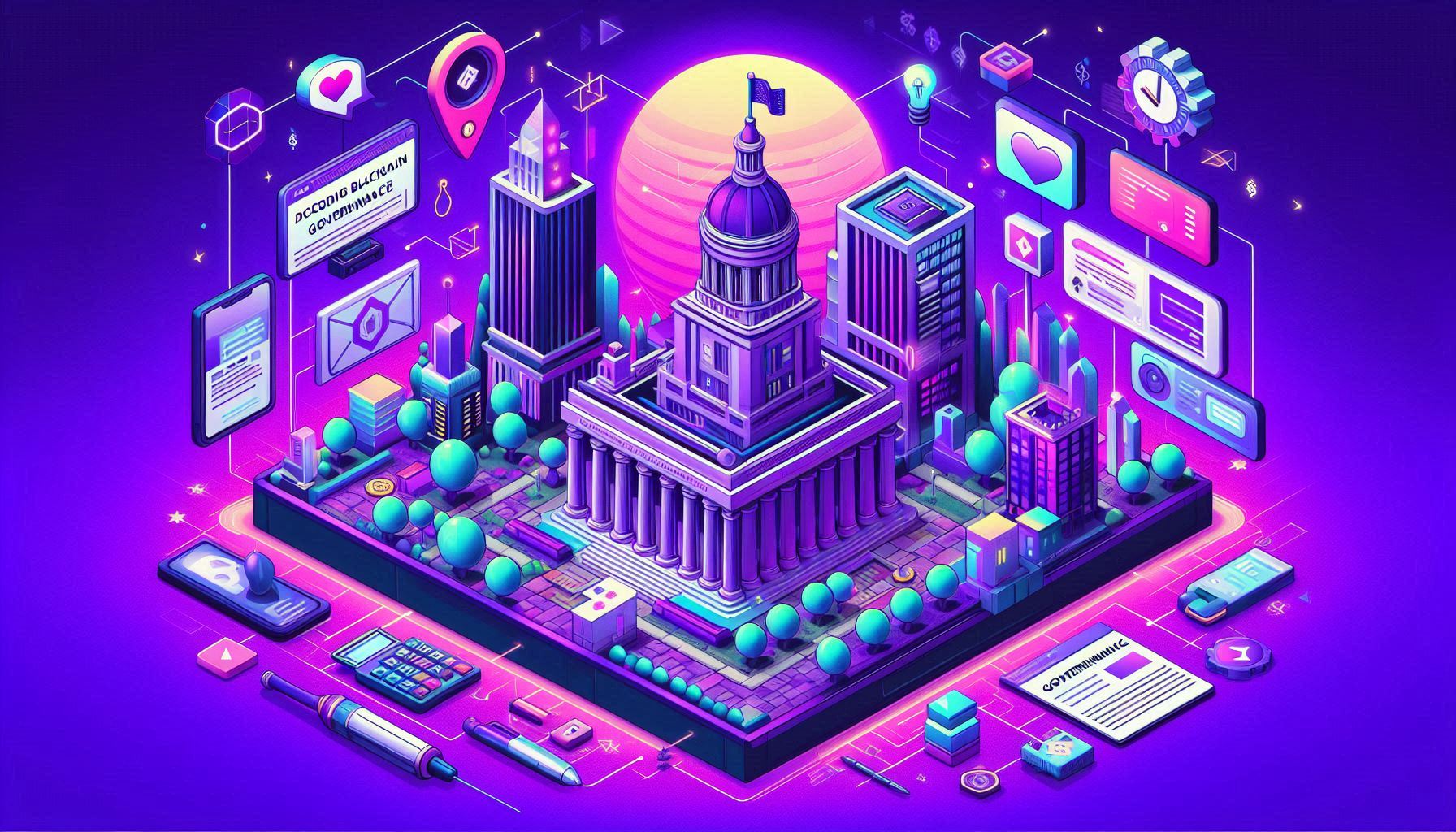Decoding Blockchain Governance: More Than Just Code and Tweets
 Varad
Varad
Blockchain governance might sound complicated, but it’s actually about how decisions are made and how people coordinate within the blockchain community. Let’s break it down in easy-to-understand terms and use some real-world examples to make it clearer.
Why Should You Care About Blockchain Governance?
Imagine you’re part of a club that decides everything by voting. If you don’t participate, you’re letting others decide for you, and you might not like the results. Blockchain governance is similar; it’s about having a say in how the blockchain develops. Right now, the blockchain space is still growing, and you have a lot of influence as a participant. If you don’t get involved, you might miss out on shaping the future of this technology.
What Exactly Is Blockchain Governance?
Blockchain governance is all about how decisions are made in a blockchain ecosystem and how people work together to make those decisions. Vlad Zamfir, a blockchain researcher, described it well: governance is “everything about decisions that affect stakeholders.” In other words, it’s not just about formal votes or rules; it’s about how people coordinate and make decisions that everyone agrees to follow.
Formal vs. Informal Governance
Let’s think of a classroom. Formal governance is like the school’s rules—clear, written, and agreed upon by everyone. Informal governance, on the other hand, is like the unspoken rules among students. Maybe everyone agrees not to sit in a particular chair because it’s considered “unlucky,” even though there’s no official rule about it.
In the blockchain world, formal governance might involve official processes like Ethereum Improvement Proposals (EIPs), where developers propose changes to the network. Informal governance, however, happens when people influence others’ opinions through discussions, tweets, or community meetings.
For example, Ethereum’s shift from focusing on sharding to rollups wasn’t decided through a formal vote. It happened because influential figures like Vitalik Buterin convinced the community that rollups were a better option. This informal process was later formalized through EIPs, but the decision was already made in people’s minds.
Real-World Analogy of Blockchain Governance
- The Company’s New Policy: In a company, management might formally announce a new policy after months of discussions, suggestions, and feedback from employees. This mirrors how blockchain proposals (like EIPs) often go through informal discussions before becoming official.
How Can You Participate in Blockchain Governance?
Participation in blockchain governance doesn’t always require deep technical knowledge. You can:
Join Discussions: Engage in debates on platforms like Twitter, forums, or community calls. Share your opinions and ideas.
Signal Your Preferences: Let others know what you support or oppose. This can influence others and shape the direction of the blockchain.
Collaborate with Like-Minded People: Team up with others who share your views to amplify your voice and make a bigger impact.
Key Elements of Blockchain Governance
Vision/Ethos: This is the shared goal or purpose of the blockchain. For example, many blockchains aim to be decentralized and censorship-resistant.
Proposals: These are ideas or plans that either bring the blockchain closer to its vision or redefine it. They can be formal (like written proposals) or informal (like a popular opinion spreading on social media).
Stakeholders: These are the people and groups involved in the blockchain, including developers, researchers, node operators, and users. Each group has its own incentives, which influence their decisions.
Incentives: These are the reasons why stakeholders participate in the blockchain. For example, token holders might want to increase the value of their tokens, while developers might be motivated by innovation.
Conclusion:
Blockchain governance is about how decisions are made and how people work together to make those decisions. It involves both formal processes, like proposals and votes, and informal processes, like discussions and social influence. By understanding these concepts, you can actively participate in shaping the future of blockchain technology.
Acknowledgment:
This blog post was inspired from a post originally written by @fikunmi_ap .
Thank you for reading the blog . Meet you next time with some other blog. Do give me a follow on twitter @0xvarad and share this article with your friends . 👋👋
Subscribe to my newsletter
Read articles from Varad directly inside your inbox. Subscribe to the newsletter, and don't miss out.
Written by

Varad
Varad
I am a full stack blockchain developer having expertise in DeFi